Golfers often wonder which type of iron is right for their game. Do you go with a classic blade, or go with a game-improvement iron? What's the difference between cavity back irons and muscle back irons? We’re here to help you decide! Let’s take a look at the features that make each type of iron unique and see what's best for you.
What are Blades?
If you've been playing golf long enough your first set of clubs was probably a set of blades. Simply put, blades are classic golf clubs that have been around for centuries. They are also known as "forged" clubs, and they offer less forgiveness than other types due to their small sweet spot – but make up for it in feel and control. Hence why they're typically used by experienced players. As far as appearance goes, you can identify a blade by its smaller head and thinner design compared to other types of clubs.
Why Use Blades?
If you look in the golf bags of PGA Tour players odds are you'll find a set of blades. Blades have long been considered the players club. They are much more difficult to hit and mishits are rarely rewarded. So why are they still the gold standard of Pros?
It's all about control, shaping your shots, and feedback. The smaller thinner simple clubhead of a blade allows Pros to work the ball left or right and better control the trajectory. They can hit that high fade or low draw around the trees. And in those rare moments when they don't hit the sweet spot they'll feel it and know why. The golf ball doesn't lie when being struck by a blade. Plus there's something to be said about the simple clean lines and classic look of a blade
Cavity Back Irons or Game Improvement Irons
The days of the cavity back iron started almost 50 years ago. You've probably heard the name Karsten Ping and the golf brand Ping. Mr. Ping was the first to introduce the golf world to the cavity back iron. Today we call it a game improvement iron.
The main feature that distinguishes cavity back irons from blades is the size and shape of their heads. Cavity back clubs have larger heads than blades, which translates into a much larger sweet spot. It's a thicker iron with a bulky look and often a hollow cavity at the bottom of the head. It looks like it should be heavy but typically it's not.
The beauty of cavity back irons is the giant sweet spot. It's a very forgiving club that is designed for higher-handicap golfers or beginners. It's the perfect iron if you struggle to get the ball in the air or need decent distance from all those mishits.
But for the better golfer, there's a lack of feel - even a mishit feels okay. And forget about trying to shape your shots - that can be a challenge.
Muscle Back Irons
Lastly, we come to muscle back irons. These clubs offer a blend of both blade and cavity back characteristics in one package. The head shape is similar to that of a blade iron with its thinner head size and smaller sweet spot area; however, these clubs also feature some added weight behind the face for increased stability on off-center shots—similar to what you would find in a cavity-backed club design. This makes muscle backs great options for experienced low-handicap golfers who still want feel and control but appreciate a tiny bit of forgiveness. And take note when we say a bit of forgiveness - these are still players' clubs meant for golfers who think they should be playing blades.
No matter which type of iron club you choose—blade, cavity back, or muscle back—it ultimately comes down to personal preference based on your skill level and what you're looking for in an iron. Experienced golfers may prefer blades for feel, control, and the ability to shape shots. Mid to low handicappers may favor a muscle back iron for a little bit of forgiveness and distance while still looking and acting like a blade. But if you're not a Pro or really good, cavity backs may be your best bet. Why not make the game easier if you can?
And with the evolution of clubs today the lines between a players club and a game improvement iron are definitely blurred. There are hybrid irons that feature a cavity back performance for the lower harder-to-hit irons coupled with a more traditional blade look in the easier-to-hit higher irons.
So there you have it – an introduction to blades and the different types of irons behind them! Whether you’re a beginner or an experienced pro, there is something out there for everyone when it comes to golf clubs! Take your time researching different club options before making your purchase—and don’t forget about the importance of custom fitting while you’re at it! Knowing what you need from your clubs is half the battle; now go find the set that will help you play your best golf.
Good luck and have fun!
If you're ready to take your new set of irons to the course but you're struggling to find the time, we can help. See below for some great ways to practice at home.
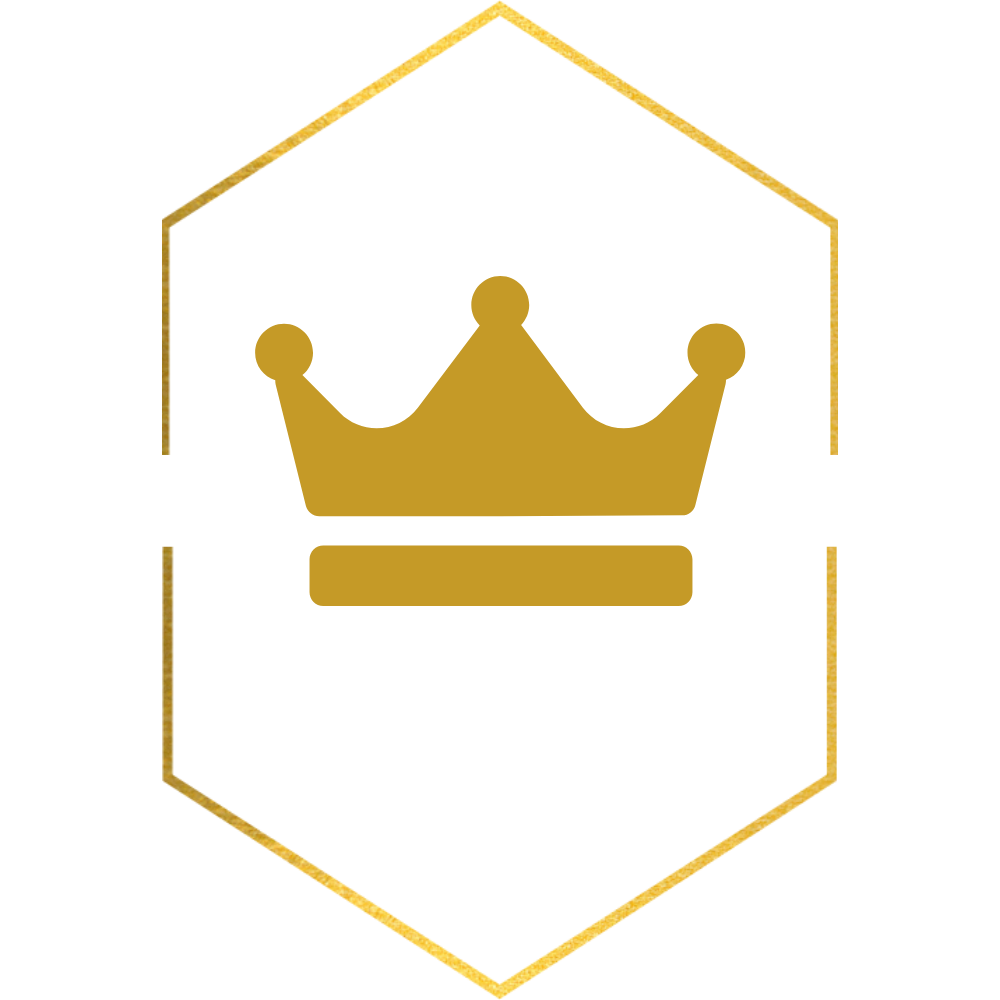

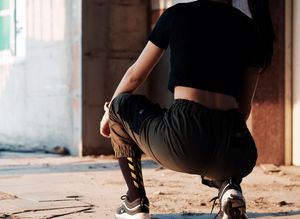


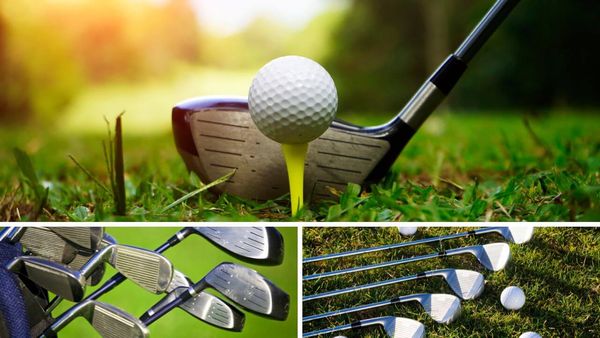
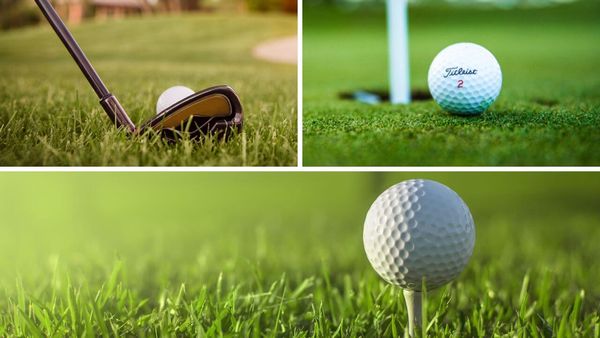
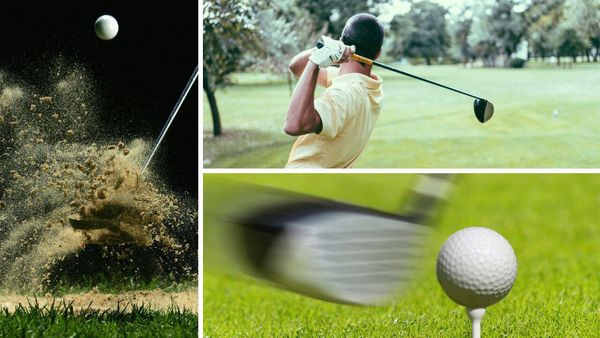
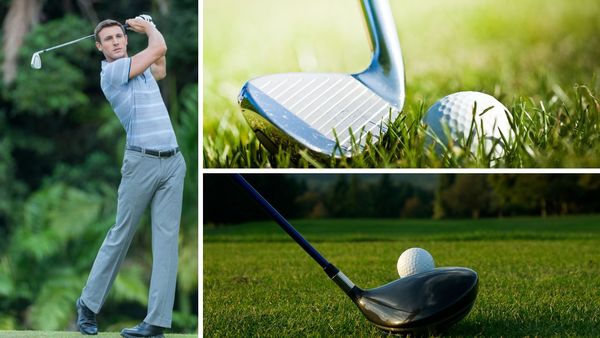
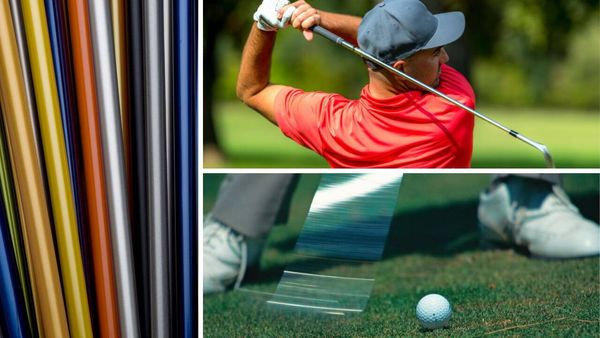
Member discussion